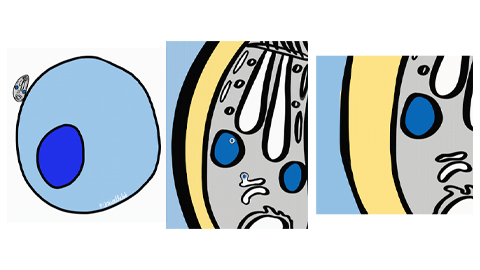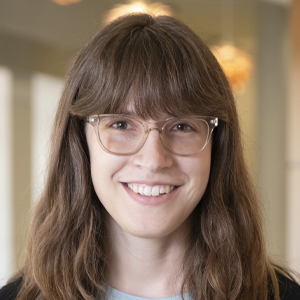Private funding for early-career researchers
My last academic careers column was about government funding for early-career scientists, particularly National Institutes of Health and National Science Foundation grants for Ph.D. students, postdocs and new faculty members. This week I looked into grants offered by foundations, nonprofits and other private sources.

Many of these funders have changed their program schedules or halted funding altogether this year due to the COVID-19 pandemic. I am including programs that have paused with the hope that they'll resume next year.
Organizations for specific diseases or topics
There are so many cause-specific organizations that fund students, postdocs and early-career researchers that I can’t list them all here. If your work is applicable to a medical condition, it is worth looking into the groups dedicated to that condition to see if they offer early-career grants. Some examples follow:
- American Cancer Society
- Leukemia and Lymphoma Society
- Multiple Sclerosis Society
- American Federation for Aging Research
- Alzheimer's Association
- American Heart Association.
Howard Hughes Medical Institute
HHMI might be most famous for its investigator program for established researchers, but the institute also offers early-career awards. Its faculty scholars program, in conjunction with the Bill and Melinda Gates Foundation and the Simons Foundation, is for tenured or tenure-track faculty with fewer than 10 years post-training (postdoctoral positions count as training). The grant is for five years, and the program includes mentoring.
Sloan Foundation
The Sloan Foundation offers an early-career award for tenure-track faculty in several fields, including molecular biology and neuroscience. Academic departments must make the nomination. This is a two-year award.
Burroughs Wellcome
Burroughs Wellcome offers early-career grants in various fields. In particular, it offers the Career Award for Science at the Interface for postdocs transitioning to faculty positions. This award is for people whose Ph.D.s are not in biomedical fields but who are working on biological questions through an informatics, physics or mathematical lens.
Burroughs Wellcome also offers the Career Award for Medical Scientists, which is open to physician-scientists committed to careers in research.
Life Sciences Research Foundation
LSRF funds postdocs within five years of their Ph.D. The award includes all the life sciences and lasts for three years.
Helen Hay Whitney Foundation
HHWF funds researchers in basic biomedical sciences in the final year of their Ph.D. or within one year of starting their postdoc. The award covers three years.
Jane Coffin Childs Memorial Fund
This foundation supports postdocs studying cancer and with up to one year of experience post-Ph.D. or M.D.
The Ford Foundation
This philanthopy offers a fellowship for postdocs in all science fields. It also offers a predoctoral fellowship.
Grants focusing on diversity
HHMI: The Hanna Grey Fellows program is for postdocs from underrepresented groups.
L’Oreal for Women in Science: Don’t be fooled into thinking a makeup brand can’t fund serious science. L’Oreal funds women postdocs in STEM fields and recognizes five outstanding women researchers every year. L'oreal funds postdocs all over the world through its American and international programs.
Burroughs Wellcome: The Postdoctoral Enrichment Program funds postdocs from underrepresented groups for three years.
Enjoy reading ASBMB Today?
Become a member to receive the print edition four times a year and the digital edition monthly.
Learn moreFeatured jobs
from the ASBMB career center
Get the latest from ASBMB Today
Enter your email address, and we’ll send you a weekly email with recent articles, interviews and more.
Latest in Careers
Careers highlights or most popular articles

Sketching, scribbling and scicomm
Graduate student Ari Paiz describes how her love of science and art blend to make her an effective science communicator.

Embrace your neurodivergence and flourish in college
This guide offers practical advice on setting yourself up for success — learn how to leverage campus resources, work with professors and embrace your strengths.

Upcoming opportunities
Apply for the ASBMB Interactive Mentoring Activities for Grantsmanship Enhancement grant writing workshop by April 15.

Quieting the static: Building inclusive STEM classrooms
Christin Monroe, an assistant professor of chemistry at Landmark College, offers practical tips to help educators make their classrooms more accessible to neurodivergent scientists.

Unraveling oncogenesis: What makes cancer tick?
Learn about the ASBMB 2025 symposium on oncogenic hubs: chromatin regulatory and transcriptional complexes in cancer.

Exploring lipid metabolism: A journey through time and innovation
Recent lipid metabolism research has unveiled critical insights into lipid–protein interactions, offering potential therapeutic targets for metabolic and neurodegenerative diseases. Check out the latest in lipid science at the ASBMB annual meeting.

